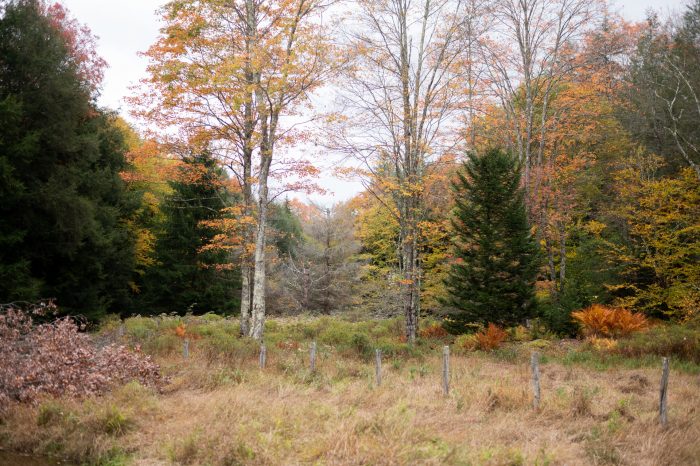GLADY, W.VA. — More than 2,000 acres of wildlife habitat in the Monongahela National Forest is being restored thanks to a collaborative project between the West Virginia Division of Natural Resources and United States Forest Service.
The work is being done on the Beaverdam Wildlife Management Area in Randolph County as part of the Beulah Wildlife Enhancement Project, a major effort between the WVDNR and US Forest Service to better manage the area’s upland game wildlife, streams and fisheries.
“We’re grateful for the opportunity to work on this project with the Forest Service and with our game managers to improve the different types of habitat here,” said David Thorne, state trout and stream habitat biologist for the WVDNR.
The Beulah Wildlife Enhancement Project area covers 2,287 acres of National Forest land in the West Fork Glady Fork watershed.
Habitat improvements include vegetation diversity enhancement, wildlife opening management, timber and wildlife stand improvement and vernal pool creation. Fish and wildlife species that will benefit from the work include brook trout, ruffed grouse and American woodcock.
“Our work is going to benefit brook trout in the streams all the way up to the game and non-game species that call this area home,” Thorne said.
The area was once timberland and habitat had degraded over the years due to logging, railroad operations and grazing.
“We are working along stream banks and above the stream to create early successional habitat and diversity on the landscape,” said Kaylee Pollander, a wildlife biologist for the WVDNR. “We’ve gone through cutting and uprooting trees to create wetlands and young forests that a lot of species need.”
Thorne said the area is in the initial stages of revegetation, but will provide much-needed habitat for upland game species in the years to come.
“One day, this area will reach a point where you won’t even know the land had been disturbed,” he said.
For more information about the WVDNR’s wildlife conservation efforts, WMAs and other programs, visit WVdnr.gov.


